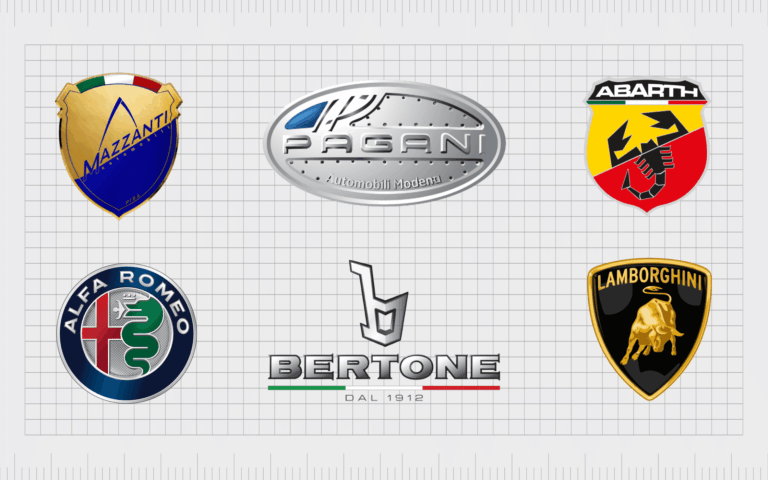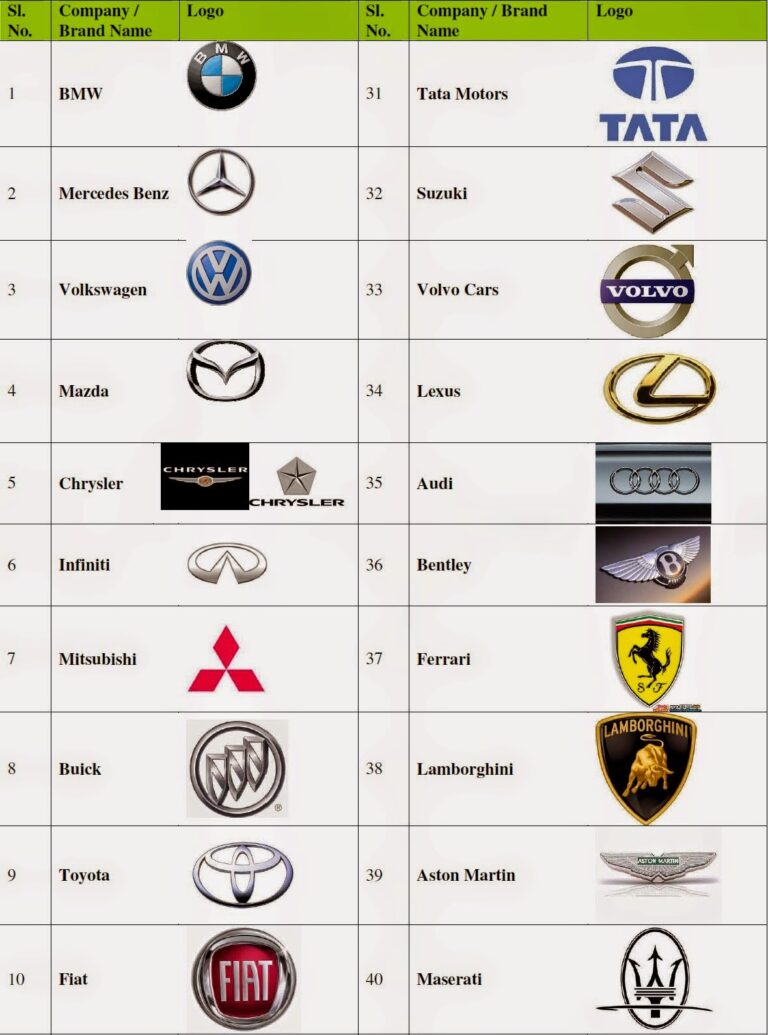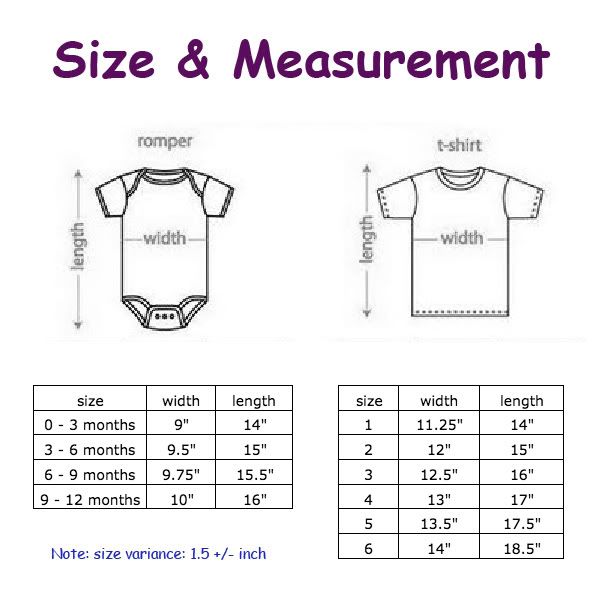Brand New Cars Under $25,000: Your Guide to Affordable New Car Ownership
Brand New Cars Under $25,000: Your Guide to Affordable New Car Ownership cars.truckstrend.com
In an automotive landscape often dominated by soaring prices and luxury features, the idea of purchasing a brand new car for under $25,000 might seem like a relic of the past. However, this segment of the market is very much alive and thriving, offering a compelling array of vehicles that deliver modern reliability, essential features, and the unparalleled peace of mind that comes with a factory warranty. For budget-conscious buyers, first-time car owners, or anyone simply seeking dependable transportation without breaking the bank, brand new cars under $25,000 represent an intelligent and accessible pathway to new vehicle ownership.
This comprehensive guide aims to demystify the sub-$25,000 new car market, providing you with the knowledge and tools to navigate your options effectively. We’ll explore why these cars are a smart choice, what to expect from them, which models stand out, and crucial tips for making an informed purchase. Forget the notion that affordability means compromise; today’s entry-level new cars are more capable and feature-rich than ever before.
Brand New Cars Under $25,000: Your Guide to Affordable New Car Ownership
Why Choose a Brand New Car Under $25,000?
Opting for a brand new vehicle, especially one within an accessible price bracket, offers a unique set of advantages that often outweigh the perceived savings of buying used.
- Unbeatable Reliability and Warranty: The most significant benefit is the peace of mind. A new car comes with zero miles on the odometer and a comprehensive manufacturer’s warranty, covering major components and often roadside assistance for several years. This eliminates the uncertainty and potential costly repairs associated with pre-owned vehicles.
- Latest Technology and Safety Features: Even at this price point, new cars are equipped with modern infotainment systems (often including Apple CarPlay and Android Auto integration) and increasingly sophisticated safety features. Many base models now include advanced driver-assistance systems (ADAS) like automatic emergency braking, lane departure warning, and rearview cameras as standard.
- Optimal Fuel Efficiency: Newer engines are designed with efficiency in mind. Cars in this segment often boast impressive MPG figures, leading to significant savings at the pump over the vehicle’s lifetime.
- Customization and Personalization: When you buy new, you have the opportunity to choose your preferred color, trim level, and select available optional packages (within your budget), ensuring the car truly meets your needs and preferences.
- Favorable Financing Options: Lenders typically offer lower interest rates and more attractive terms for new car loans compared to used car loans, potentially reducing your monthly payments and overall cost of ownership.
- Pristine Condition and Clean History: You’re the first owner, meaning no prior accidents, no unknown maintenance neglect, and a pristine interior and exterior.

Navigating the Market: What to Expect in This Price Range
The sub-$25,000 new car market primarily comprises a specific set of vehicle types, each designed to offer maximum value for money. Understanding what these vehicles prioritize will help manage expectations and identify the best fit for your lifestyle.
Types of Vehicles You’ll Find:

- Subcompact Sedans and Hatchbacks: These are the backbone of the affordable new car market. Models like the Kia Rio, Hyundai Accent, Nissan Versa, and Mitsubishi Mirage G4 (sedan) or Mirage (hatchback) are designed for city driving, easy parking, and excellent fuel economy. They offer surprising interior space for their footprint.
- Compact Sedans (Base Trims): While many popular compact sedans like the Toyota Corolla and Honda Civic often exceed $25,000 in their mid-tier trims, their absolute base models can sometimes sneak just under the limit, especially with incentives. These offer a bit more space and refinement than subcompacts.
- Subcompact SUVs/Crossovers (Base Trims): This rapidly growing segment offers the elevated driving position and practical cargo space of an SUV in a city-friendly package. The Hyundai Venue, Nissan Kicks, and Kia Seltos (base FWD models) are common contenders here, providing versatility for urban adventurers.

Features to Prioritize and Compromise:
When shopping in this segment, it’s crucial to understand that you’re paying for core functionality and reliability, not necessarily luxury.
- Prioritize:
- Safety: Ensure the vehicle has a good complement of airbags, ABS, stability control, and ideally, standard automatic emergency braking (AEB). Check NHTSA and IIHS safety ratings.
- Infotainment: Look for a touchscreen display with Apple CarPlay and Android Auto compatibility. This transforms the basic stereo into a full-fledged navigation and entertainment hub using your smartphone.
- Fuel Economy: Higher MPG means lower running costs over time.
- Reliability: Stick with brands known for dependable vehicles.
- Cargo Space: Especially for hatchbacks and subcompact SUVs, ensure the trunk or cargo area meets your needs.
- Compromise:
- Engine Power: These cars are designed for efficiency, not speed. Acceleration will be adequate for daily commuting but not exhilarating.
- Interior Materials: Expect durable cloth upholstery and hard plastics rather than soft-touch materials or leather.
- Premium Features: Heated seats, sunroofs, advanced climate control, or large alloy wheels are typically reserved for higher trim levels that exceed the budget.
- All-Wheel Drive (AWD): Most vehicles under $25,000 are front-wheel drive (FWD). AWD options, if available, usually push the price above the threshold.
Top Contenders: Brand New Cars Under $25,000
While the market constantly shifts, several models consistently offer excellent value and remain strong candidates in the sub-$25,000 new car category. Here’s a look at some of the most prominent options, with brief descriptions of what they bring to the table.
- Kia Rio (Sedan & 5-door Hatchback): Consistently praised for its stylish design, surprisingly refined interior for its class, and strong warranty. It offers good fuel economy and a user-friendly infotainment system with standard Apple CarPlay/Android Auto.
- Hyundai Accent (Sedan): A twin to the Rio, the Accent offers similar virtues with a slightly different design aesthetic. It’s known for its comfortable ride and robust standard features, making it a solid, no-nonsense choice.
- Nissan Versa (Sedan): Often lauded for its spacious back seat and comfortable ride, the Versa is a practical and fuel-efficient option. Even base models come with some advanced safety features.
- Mitsubishi Mirage (Hatchback) / Mirage G4 (Sedan): While not the most powerful or refined, the Mirage stands out for its incredibly low starting price, exceptional fuel economy, and one of the best warranties in the industry (10-year/100,000-mile powertrain). It’s a true budget champion.
- Hyundai Venue (Subcompact SUV): This urban-friendly SUV offers a higher driving position, unique styling, and a surprisingly roomy interior for its small footprint. It comes well-equipped with standard safety and tech features, making it a compelling entry-level crossover.
- Nissan Kicks (Subcompact SUV): With its distinctive styling, comfortable seating, and impressive cargo capacity, the Kicks offers SUV versatility and strong fuel economy at an attractive price point. It’s a popular choice for those wanting more utility than a sedan.
- Kia Seltos (Subcompact SUV – Base FWD): The entry-level LX FWD trim of the Seltos often scrapes in just under $25,000. It offers more interior space and a more substantial feel than many subcompacts, making it a great value proposition for a small SUV.
- Subaru Impreza (Base Sedan/Hatchback): While its base price can hover right at the $25,000 mark (or slightly above depending on destination fees), the Impreza is unique for offering standard All-Wheel Drive, a significant advantage for those in snowy climates or seeking extra traction. It’s a well-rounded and safe choice.
- Chevrolet Trax / Trailblazer (Base Trims): General Motors has competitive offerings in the subcompact SUV space. The base trims of models like the Trax or Trailblazer can often fall within this budget, offering practical space and modern connectivity.
Practical Advice for Buyers
Purchasing a new car, even an affordable one, is a significant financial decision. Here’s practical advice to ensure a smooth and smart buying process:
-
Define Your Needs and Budget (Beyond MSRP):
- Real Budget: Remember that the Manufacturer’s Suggested Retail Price (MSRP) is just the starting point. Factor in destination fees (mandatory shipping costs), taxes, registration fees, and dealer documentation fees. These can add several hundred to a few thousand dollars to the final price.
- Running Costs: Don’t forget insurance, fuel, and scheduled maintenance costs when calculating your true budget.
- Prioritize Features: Make a list of "must-have" features vs. "nice-to-have" features. Be prepared to compromise on the latter.
-
Research Thoroughly:
- Online Resources: Use manufacturer websites, Edmunds, Kelley Blue Book (KBB), Consumer Reports, and automotive review sites (e.g., Car and Driver, MotorTrend) to compare models, read reviews, and check current incentives.
- Reliability and Safety: Look up reliability ratings (e.g., J.D. Power) and safety ratings (NHTSA, IIHS) for your chosen models.
-
Test Drive Multiple Vehicles:
- Don’t just test drive your top choice. Drive a few contenders to get a feel for different driving dynamics, seating comfort, visibility, and interior layouts.
- Pay attention to road noise, acceleration, braking, and how easy the infotainment system is to use while driving.
-
Shop Around for the Best Deal:
- Get Quotes: Contact multiple dealerships (online or in person) for quotes on the exact make, model, and trim you want.
- Negotiation: While MSRPs on these entry-level vehicles are often less flexible than higher-priced cars, there’s still room to negotiate on dealer fees, trade-in value, or to inquire about current manufacturer incentives (rebates, low APR financing).
- Financing: Get pre-approved for a loan from your bank or credit union before visiting the dealership. This gives you leverage and a benchmark to compare against the dealer’s financing offers.
-
Understand the Fine Print:
- Review the Purchase Agreement: Before signing, carefully read the entire purchase agreement. Ensure all agreed-upon terms, prices, and fees are accurately reflected.
- Warranty Details: Understand what your new car warranty covers and for how long.
Challenges and Solutions
While buying a new car under $25,000 is highly advantageous, it’s good to be aware of potential challenges and how to address them.
- Limited Features/Options:
- Challenge: Base models won’t have all the bells and whistles.
- Solution: Focus on essential features. For infotainment, ensure Apple CarPlay/Android Auto is present, as it allows your phone to provide navigation, music, and communication. Consider aftermarket upgrades for things like better speakers or floor mats if desired later.
- Smaller Size/Performance:
- Challenge: These cars are typically subcompact, meaning less passenger and cargo space than larger vehicles, and engines are modest.
- Solution: Honestly assess your needs. If you regularly transport multiple adults or large items, a subcompact might be too small. For solo commuters or small families, they’re perfectly adequate. Their smaller size also makes them excellent for city driving and parking.
- Availability Issues (Supply Chain):
- Challenge: Global supply chain disruptions can sometimes limit immediate availability of specific models or trims.
- Solution: Be flexible with color choices or minor options. If you’re not in a hurry, consider ordering the car from the factory. Some dealerships may have incoming inventory that isn’t yet on the lot.
- Dealer Markups:
- Challenge: In high-demand periods, some dealerships might add "market adjustments" or mandatory accessory packages that push the price above MSRP.
- Solution: Be firm. If a dealer tries to add unnecessary markups, walk away and find another dealership. The market is competitive, and you should not pay above MSRP for an entry-level vehicle unless it’s a truly unique circumstance.
Brand New Cars Under $25,000: Price Table (Approximate Starting MSRPs as of Late 2023 / Early 2024)
Please note that prices are manufacturer’s suggested retail prices (MSRP) and do not include destination charges, taxes, registration, or dealer fees. Prices are subject to change and may vary by region and current incentives. Always check with your local dealership for the most accurate and up-to-date pricing.
| Make | Model | Body Style | Approx. Starting MSRP (USD) | Key Feature Highlights (Base Trim) | Combined MPG (Approx.) |
|---|---|---|---|---|---|
| Kia | Rio | Sedan | $17,000 | 8" Touchscreen, Wireless Apple CarPlay/Android Auto, Lane Following Assist | 36 MPG |
| Rio | 5-Door Hatchback | $17,900 | 8" Touchscreen, Wireless Apple CarPlay/Android Auto, Lane Following Assist | 36 MPG | |
| Hyundai | Accent | Sedan | $17,800 | 5" Display, Bluetooth, USB port, Cruise Control | 36 MPG |
| Venue | Subcompact SUV | $19,900 | 8" Touchscreen, Apple CarPlay/Android Auto, Forward Collision-Avoidance Assist | 31 MPG | |
| Nissan | Versa | Sedan | $16,300 | 7" Touchscreen, Automatic Emergency Braking, Lane Departure Warning | 35 MPG |
| Kicks | Subcompact SUV | $21,300 | 7" Touchscreen, Apple CarPlay/Android Auto, Automatic Emergency Braking | 33 MPG | |
| Mitsubishi | Mirage | Hatchback | $16,700 | 7" Display, Apple CarPlay/Android Auto, Forward Collision Mitigation | 39 MPG |
| Mirage G4 | Sedan | $17,700 | 7" Display, Apple CarPlay/Android Auto, Forward Collision Mitigation | 37 MPG | |
| Subaru | Impreza | Sedan | $22,900 | Standard Symmetrical AWD, Dual 7" Displays, EyeSight Driver Assist (manual transmission might be cheaper, but EyeSight often requires CVT) | 30 MPG |
| Impreza | Hatchback | $23,400 | Standard Symmetrical AWD, Dual 7" Displays, EyeSight Driver Assist | 30 MPG | |
| Chevrolet | Trax | Subcompact SUV | $21,500 | 8" Touchscreen, Wireless Apple CarPlay/Android Auto, Active Noise Cancellation | 30 MPG |
| Trailblazer | Subcompact SUV | $24,100 | 8" Touchscreen, Wireless Apple CarPlay/Android Auto, Forward Collision Alert | 30 MPG |
Note: Some models like the Toyota Corolla and Honda Civic have starting MSRPs that are often just over the $25,000 mark (especially with destination fees), so while excellent compact cars, they typically fall outside this strict budget for new models unless significant incentives are available.
Frequently Asked Questions (FAQ)
Q1: Are brand new cars under $25,000 safe?
A1: Absolutely. All new cars sold in the U.S. must meet rigorous safety standards. Many models in this price range come standard with multiple airbags, anti-lock brakes (ABS), stability control, and increasingly, advanced driver-assistance systems (ADAS) like automatic emergency braking. Always check NHTSA and IIHS safety ratings for specific models.
Q2: Do these cars come with Apple CarPlay/Android Auto?
A2: Yes, most new cars in this segment, even base models, now offer Apple CarPlay and Android Auto compatibility, often via a standard touchscreen infotainment system. This is a highly sought-after feature that significantly enhances the driving experience.
Q3: What about maintenance costs for these affordable new cars?
A3: Generally, maintenance costs for new cars in this segment are quite low. They use common parts, are mechanically straightforward, and the initial years are covered by the factory warranty, reducing unexpected repair bills. Following the manufacturer’s recommended maintenance schedule is key.
Q4: Is it really possible to buy a new car for under $25,000, including all fees?
A4: It’s possible to find models with an MSRP under $25,000. However, the "out-the-door" price (including destination fees, taxes, and registration) will almost certainly push the total above $25,000. The $25,000 benchmark typically refers to the MSRP of the vehicle itself before these additional costs. Careful budgeting for these extra fees is crucial.
Q5: Is it better to buy a used car for $25,000 instead of a new one?
A5: It depends on your priorities. A $25,000 used car might offer more features, a larger size, or a more powerful engine than a new car in the same price range. However, a new car offers a full warranty, the latest safety and tech features, known history, and often better financing rates. For reliability and peace of mind, a new car under $25,000 is often the superior choice for many buyers.
Q6: What hidden costs should I expect when buying a new car?
A6: The main "hidden" costs are destination charges (a mandatory shipping fee from the factory, usually $1,000-$1,500), sales tax (varies by state), registration and license plate fees (varies by state), and dealer documentation fees (can range from a few dollars to several hundred). Always ask for an "out-the-door" price that includes all these charges.
Concluding Summary
The market for brand new cars under $25,000 is a vibrant and valuable segment, proving that new car ownership is still within reach for many. These vehicles offer a compelling combination of modern features, excellent fuel economy, and the invaluable peace of mind that comes with a full factory warranty. By understanding what to expect, researching thoroughly, and being a smart shopper, you can confidently navigate this segment and drive away in a reliable, efficient, and technologically capable new car without overspending. It’s an intelligent entry point into new car ownership, offering a fresh start and dependable transportation for years to come.






